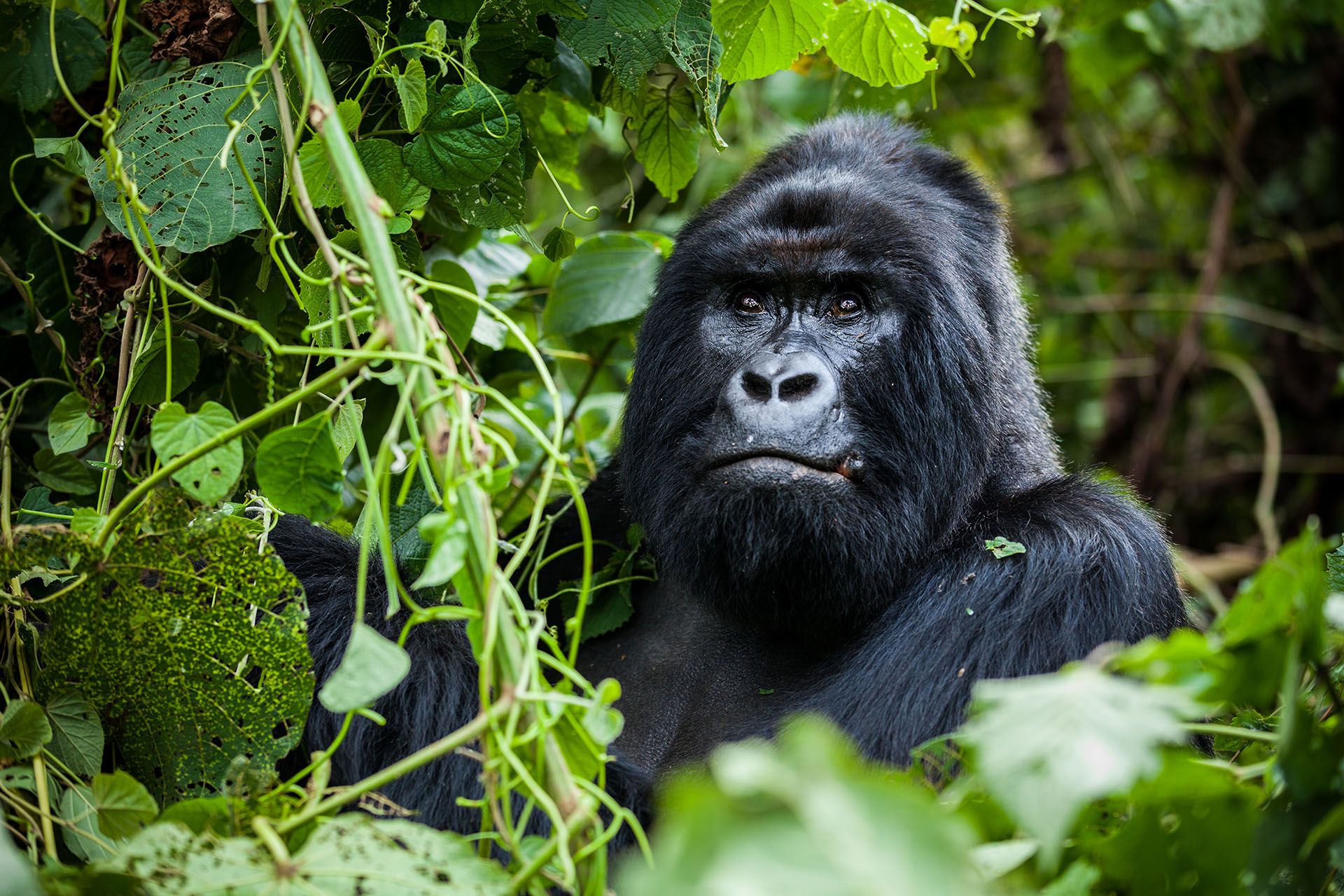Lake Bunyonyi
Lake Bunyonyi is often used as a rest stop after gorilla trekking, and it’s easy to see why. The lake is calm and clear, surrounded by steep, terraced hills. It has 29 small islands, and many people explore them by canoe—either on their own or with a local guide.
Some islands have interesting histories, like Punishment Island, which was once used to isolate unmarried pregnant women. Others have schools or small guesthouses. The lake is safe for swimming (no hippos, crocodiles, or bilharzia), which is fairly rare in the region. You’ll see lots of birds here—hence the name Bunyonyi, which means “place of little birds”—and the cooler temperatures make it a nice place to relax.
Rwenzori Mountains
The Rwenzori Mountains sit along Uganda’s western border and are often called the “Mountains of the Moon.” It’s the tallest mountain range in Africa, and if you’re up for a serious trek, this is where you’ll find it. The highest peak—Margherita—reaches over 16,000 feet, and getting to the top is a real mountaineering challenge. But you don’t have to summit to experience the place.
There are shorter hikes that still take you through a range of landscapes, from rainforest to high-altitude moorland with giant, cartoon-like plants you won’t see anywhere else. What makes it even more interesting is the cultural side—the local Bakonzo people see the mountains as sacred and have traditions and beliefs tied to the land.
Sipi Falls
Sipi Falls is in eastern Uganda, on the edge of Mount Elgon, and it’s one of the best areas for hiking in the country. There are three main waterfalls here, and the tallest drops more than 300 feet. You can hike to viewpoints, swim in natural pools, or even walk behind some of the falls.
The trails range from easy to more demanding, depending on how much you want to explore. Coffee farming is a big part of life here, and guided tours show you how the local Arabica beans go from plant to cup—usually with a tasting at the end
















